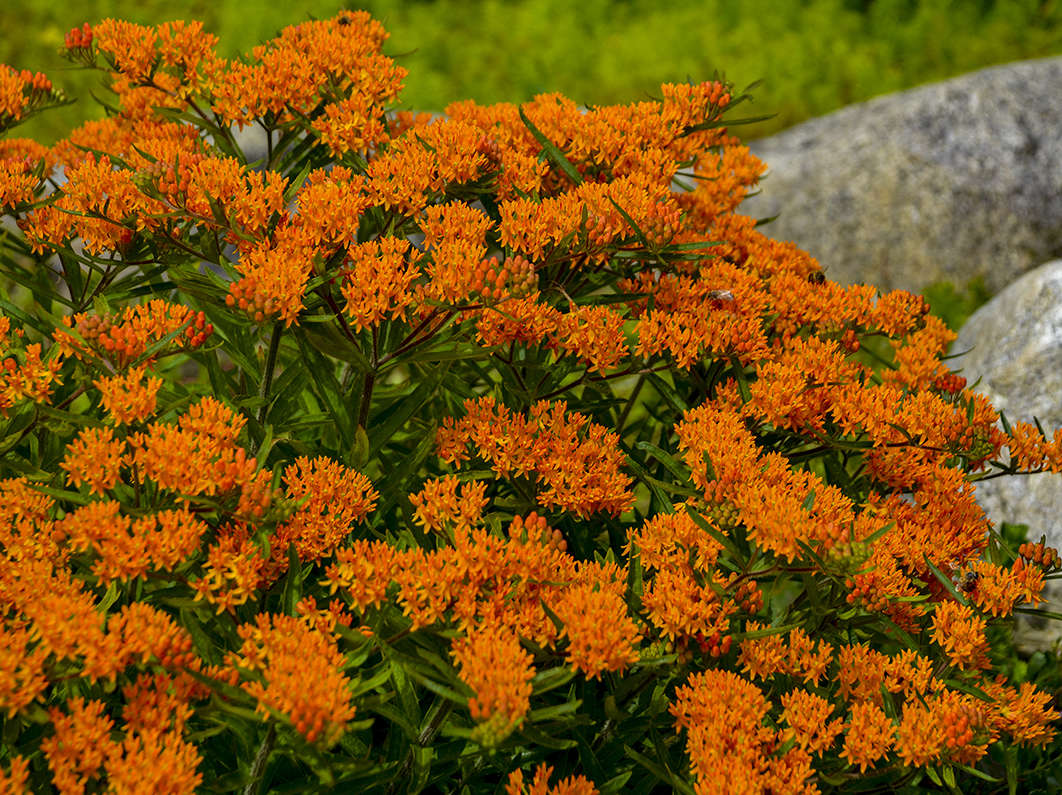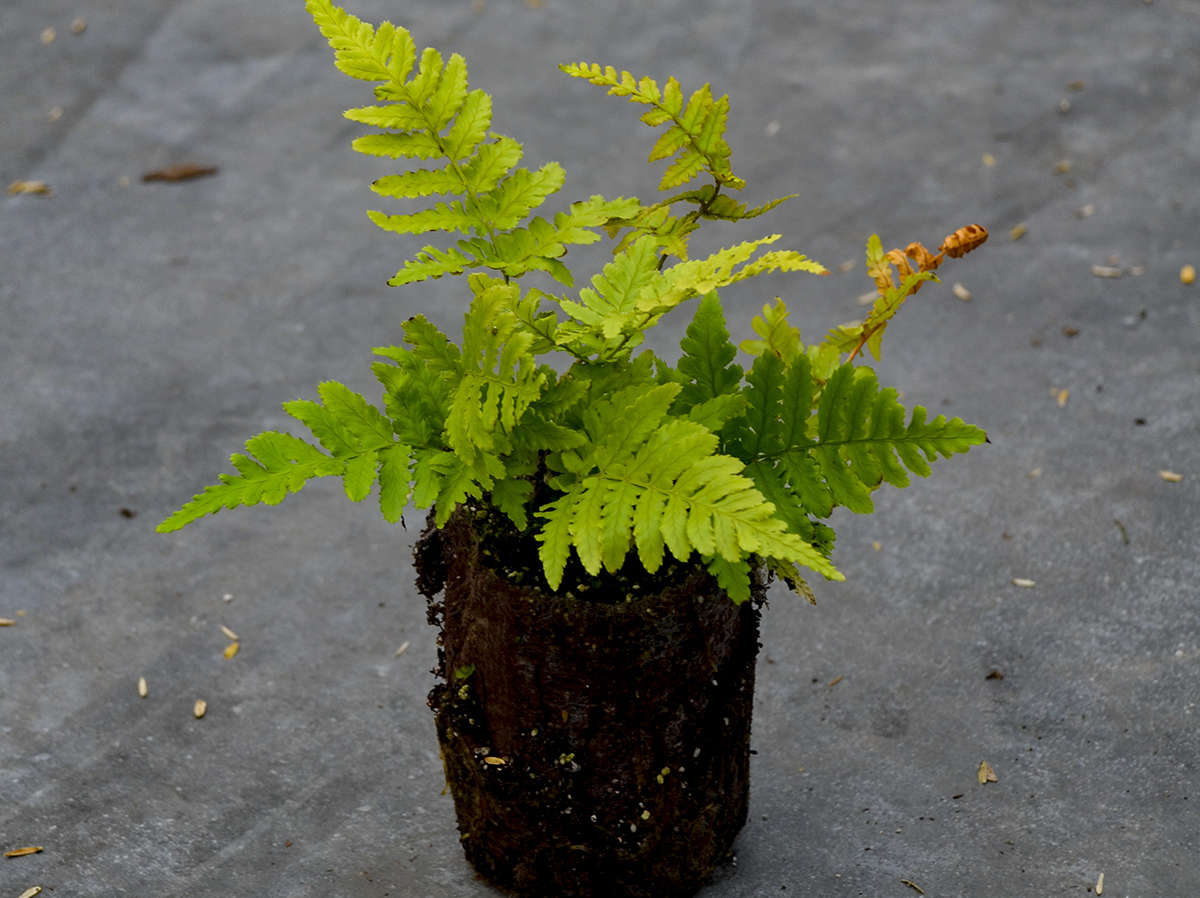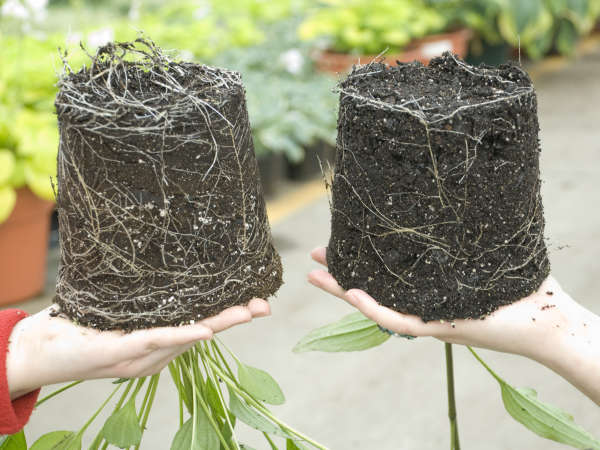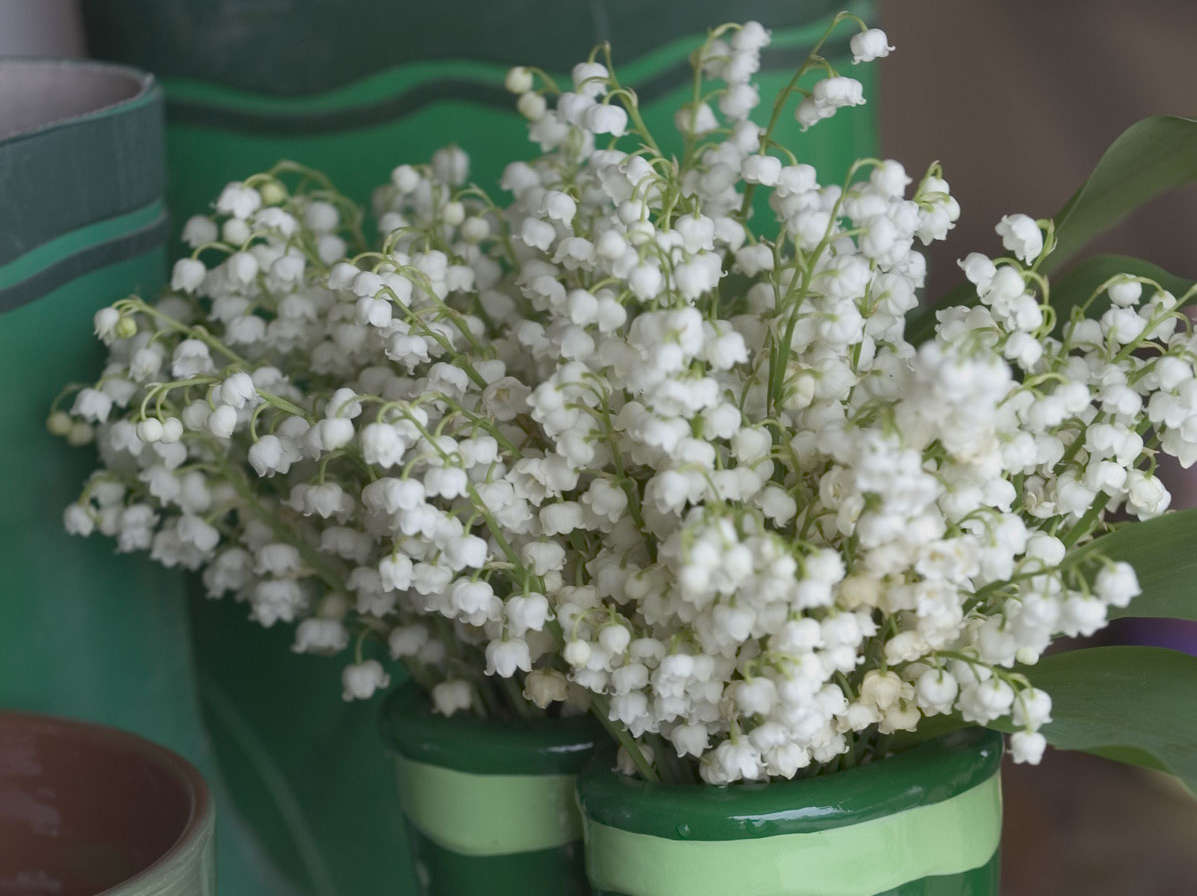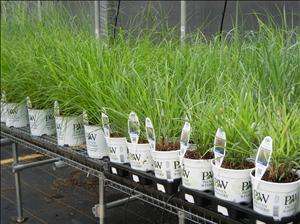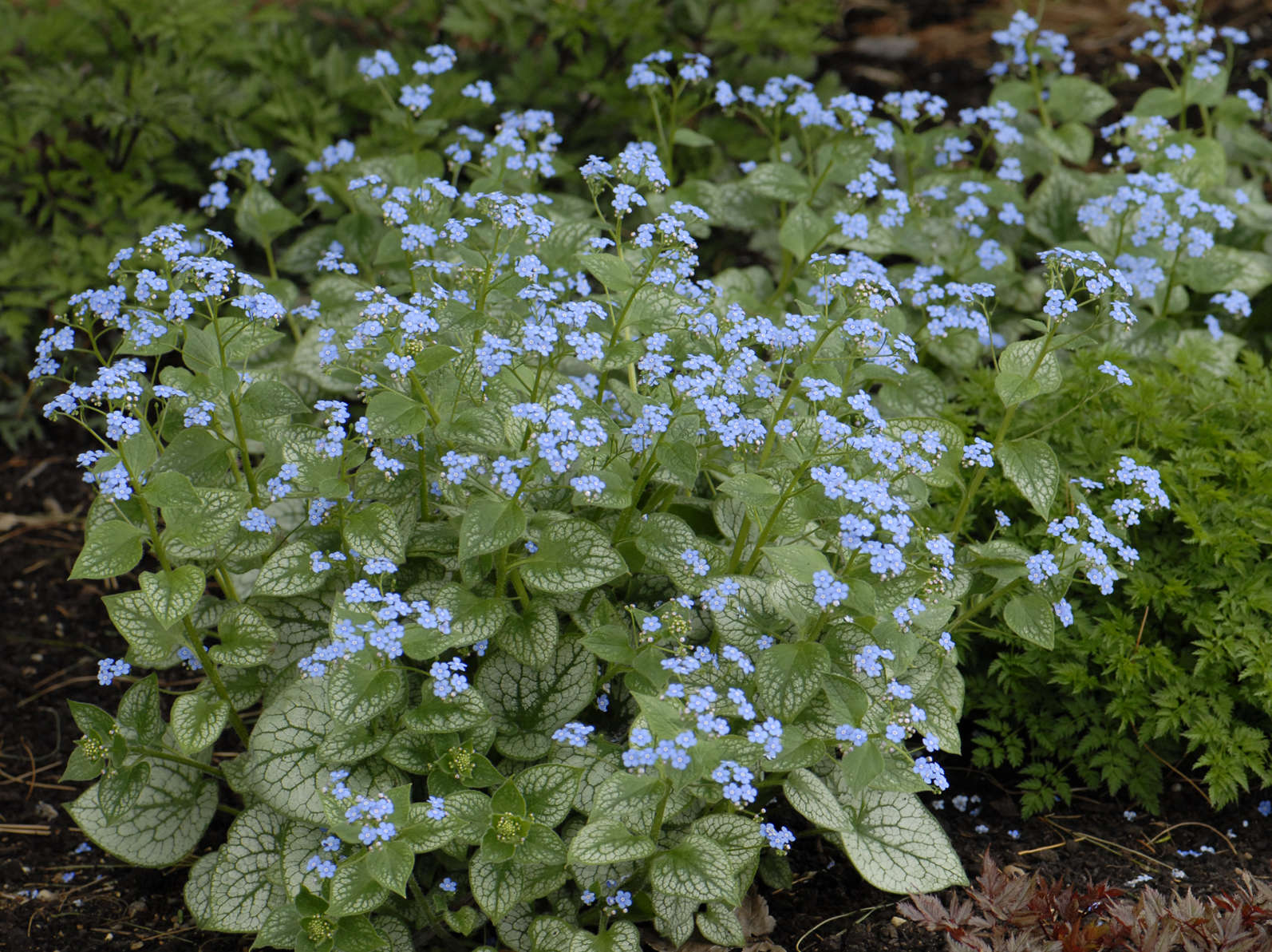Benefits of Late Summer and Early Fall Planting
08/25/2015
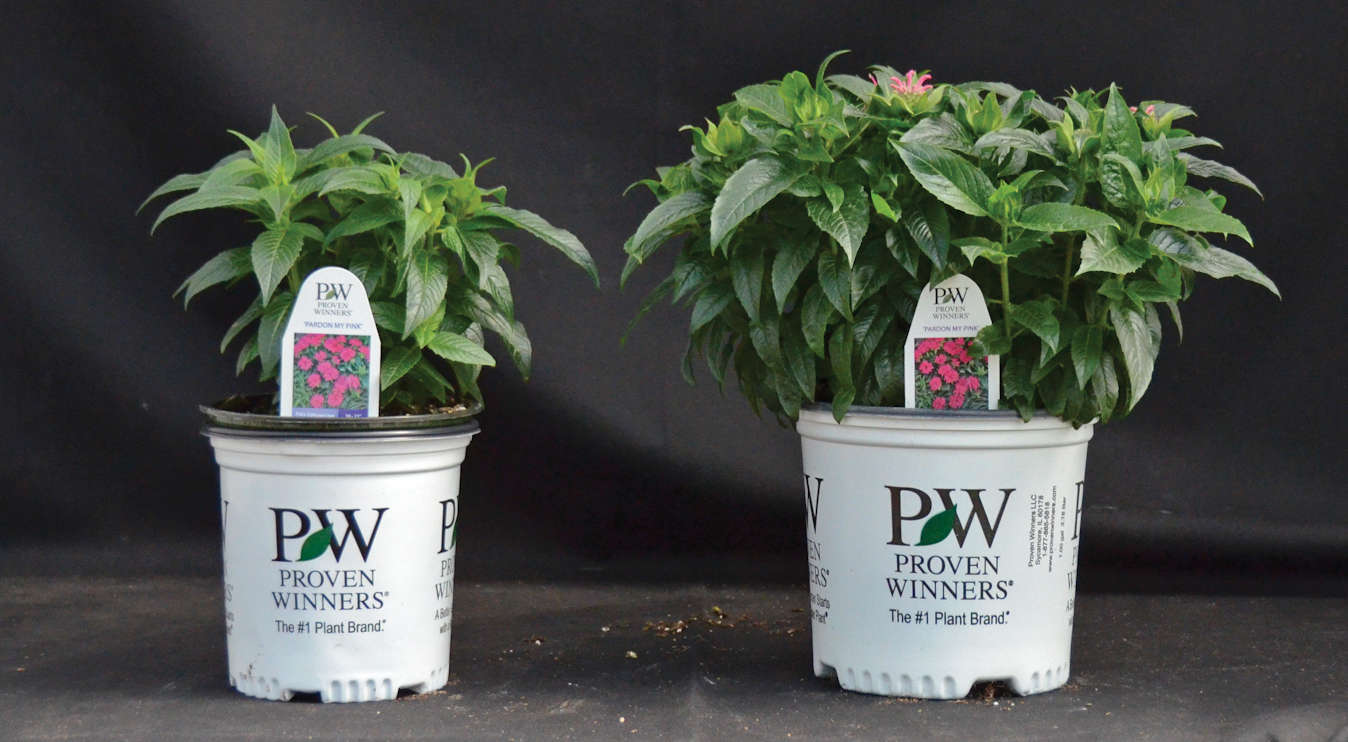
Right: Fresh 72ct Monarda planted in a Premium 1-Gal pot in late summer. Left: Vernalized 20ct Monarda planted in a trade 1-Gal pot in spring.
You'll Save Money

Right: Fresh 72ct Monarda planted in a Premium 1-Gal pot in late summer. Left: Vernalized 20ct Monarda planted in a trade 1-Gal pot in spring.
When you grow perennials in late summer and fall, there is no need for costly supplemental heating or lighting. There’s less maintenance cost too since perennials grown outdoors tend to grow more compactly because the wind, rain, and sun act as natural PGRs.
You'll Save on Time and Labor
If you have overwintering capabilities, it is not necessary or even recommended to plant all of your plants in spring. You’ll be better off if you time your crops properly, splitting them into two groups: those best planted in late summer or early fall and those that are best planted in spring. Ligularia 'Bottle Rocket' PPAF benefits greatly from being planted the year before it is sold. One the left is a spring planted plug, on the right is a late summer planted plug.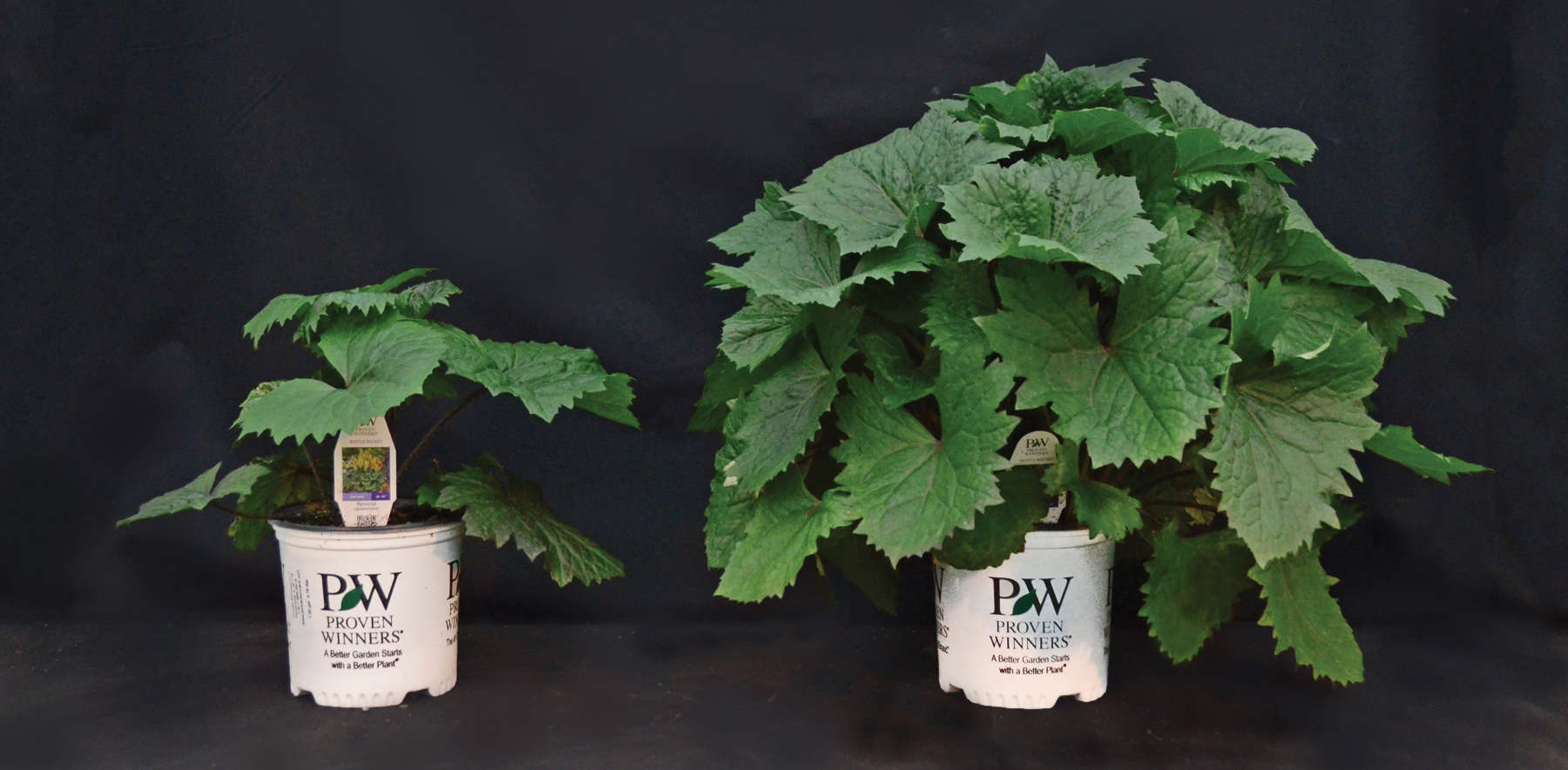
You'll have Larger, Better Performing Plants to Sell in Spring
It’s no doubt that some perennials perform exponentially better if potted in late summer or early fall the year before they are sold. The perennials pictured here are great examples of that. Perennials build stronger root systems, have larger crowns that flush out nicer, and are more floriferous the following spring when they are planted summer or fall before. They’ll not only have a higher perceived value—they will deliver a stronger performance for everyone from the grower to the consumer.
Overwintering Methods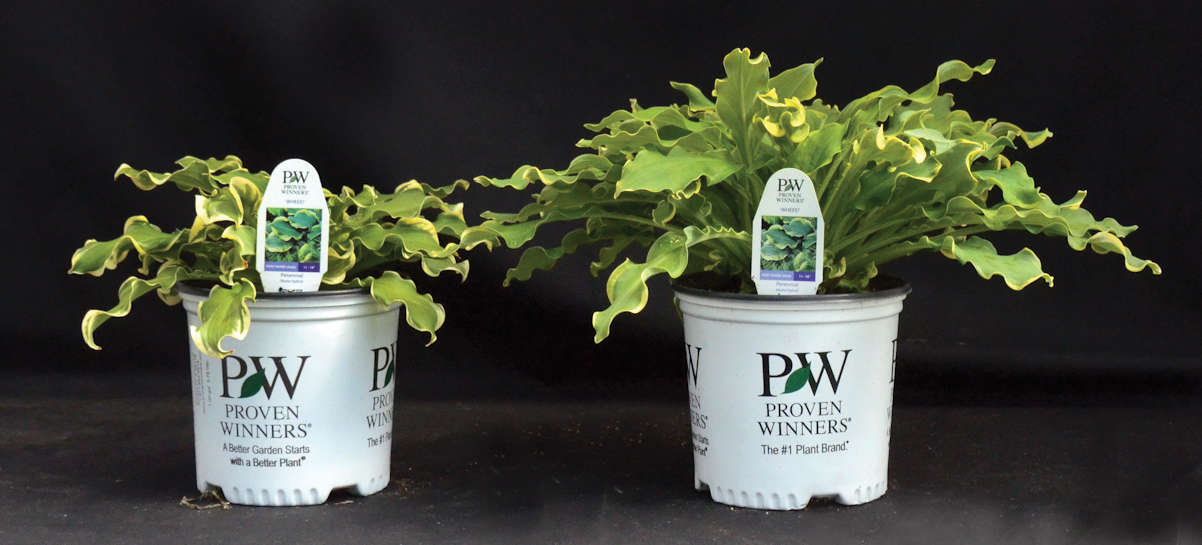
Right: Fresh 20ct Hosta planted in a Premium 1-Gal pot in late summer. Left: Vernalized 20ct Hosta planted in a Premium 1-Gal pot in spring. Hostas planted earlier develop more eyes, a better root system, and more mature traits.

Right: Fresh 20ct Hosta planted in a Premium 1-Gal pot in late summer. Left: Vernalized 20ct Hosta planted in a Premium 1-Gal pot in spring. Hostas planted earlier develop more eyes, a better root system, and more mature traits.
If properly cared for going into winter, perennials that are potted up in late summer and early fall should overwinter well and emerge as large, vigorous plants in spring. There are four basic methods of overwintering perennials: Thermoblanket Technique • Sandwich Method • Minimally Heated Greenhouse or Polyhouse • Unheated Polyhouse Under a Foam Blanket. For complete information on these four overwintering methods and more overwintering tips, read our Simple, Sensible, Solutions® guide or request a printed copy.
If you do not have the necessary facilities for overwintering your perennials, we suggest that you have your order shipped in spring rather than late summer or fall.
Examples of Perennials that Perform Better when Planted in Summer or Early Fall
Summer Planting
| Aruncus 72ct | Grasses(Sedges) | Monarda 72ct |
| Brunnera 72ct | Grasses(Warm Season) | Perovskia 72ct |
| Coreopsis(Threadleaf) 72ct | Gypsophila 72ct | Phlox(All) |
| Daylilies (All) | Heliopsis 72ct | Rudbeckia 'Little Goldstar' 72ct |
| Dianthus 72ct | Hostas(All) | Sedum(Upright Forms) 72ct |
| Dicentra 72ct | Iris(Tall Bearded) | Stokesia 72ct |
| Euphorbia 72ct | Leucanthemum 72ct | Veronica 72ct |
| Geranium | Ligularia 72ct |
Early Fall Planting
| Aquilegia 72ct | Papaver(Bare Root) |
| Grasses(Cool Season) | Primula 72ct |
| Iris(Dwarf) | Pulmonaria 72ct |
| Paeonia(Garden) | Salvia 72ct |
| Paeonia(Intersectional) | Tiarella 72ct |
